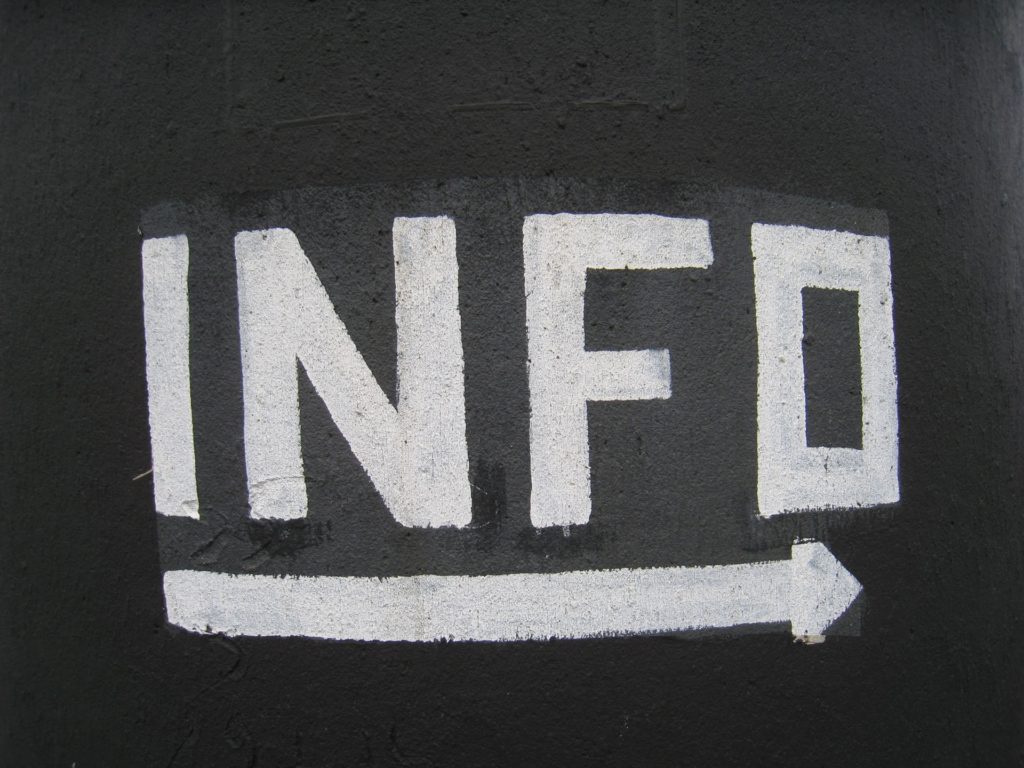The Use of Transitional Signal in Writing
Writing transitional signals are nonverbal communication in which writers use words to convey sounds or visual cues. Writing signals result from how an author uses punctuation, word choice, and sentence structure to help readers better understand what is being written.
Writing signals can be used with all types of text to add emphasis, clarity, effect, and mood. Writing signals can also include intentional omissions (such as ellipses) that contribute to the tone or surprise factor of a piece of writing.

What are Transitional Signals?
Transitional signals, also known as transition words or phrases, play a crucial role in writing by helping to create coherence and clarity in your text. They guide readers through your ideas, showing the relationships between sentences and paragraphs. These signals make your writing more organized, easy to follow, and logically connected.
Transitions serve many purposes within writing; they may signal time or indicate causation between two ideas. Transitions within writing help to convey tone and mood. Sentences can begin with “Suddenly” or “Reluctantly,” which create a particular manner.
These words may also be used in conjunction with punctuation, such as starting a sentence with an exclamation point or question mark to add emphasis further.
As transitions indicate the relationships between parts of a written work, they either keep readers’ attention by providing suspense or surprise or help guide readers through a piece of text that would otherwise be confusing or unclear.
How are Transitional Signals Used?
Here are some common types of transitional signals and how they can be used:
1. Addition:
These transitions show that you’re adding information or ideas to what you’ve already said.
- Additionally, …
- Furthermore, …
- Moreover, …
- In addition, …
- Not only …, but also …
Example: “Climate change is a pressing global issue. Additionally, deforestation exacerbates the problem by releasing stored carbon into the atmosphere.”
2. Contrast:
Contrast transitions highlight differences or opposing ideas.
- However, …
- On the other hand, …
- Although, …
- Even though, …
- Nevertheless, …
Example: “The experiment yielded unexpected results. However, further analysis revealed a flaw in the data collection process.”
3. Comparison:
These transitions help to draw parallels between ideas or concepts.
- Similarly, …
- Likewise, …
- In comparison, …
- Just as …, so too …
Example: “The benefits of exercise are widely acknowledged. Similarly, a balanced diet contributes significantly to overall health.”
4. Cause and Effect:
These transitions indicate causal relationships between events or ideas.
- Therefore, …
- Thus, …
- As a result, …
- Because of this, …
- Consequently, …
Example: “The factory’s emissions have led to severe air pollution. Consequently, local residents are experiencing respiratory health issues.”
5. Time Sequence:
These transitions organize ideas chronologically or in a specific order.
- First, …
- Next, …
- Then, …
- Meanwhile, …
- Finally, …
Example: “To bake a cake, first gather the ingredients. Next, mix the batter and then bake it in the oven.”
6. Emphasis:
Emphasis transitions help you highlight a particular point.
- Indeed, …
- Undoubtedly, …
- Of course, …
- Importantly, …
- Clearly, …
Example: “The importance of proper citation cannot be overstated. Indeed, accurate referencing adds credibility to your research.”
7. Example and Illustration:
These transitions provide examples to support your ideas.
- For instance, …
- For example, …
- In particular, …
- Such as, …
- To illustrate, …
Example: “Several renewable energy sources are available. For instance, solar panels and wind turbines are becoming increasingly popular.”
8. Summary and Conclusion:
These transitions signal the end of an idea or the closing of a discussion.
- In conclusion, …
- To sum up, …
- Overall, …
- In summary, …
- Briefly, …
Example: “In conclusion, technology has revolutionized communication, making global connections more accessible than ever before.”
Remember, the effective use of transitional signals enhances the flow and coherence of your writing. However, avoid overusing them, as excessive transitions can make your writing appear forced or choppy. Choose transitions that fit naturally within the context of your text, and make sure they accurately reflect the relationships between your ideas.
Types and Examples of Transitional Signals
| To Add Information | Compare | Contrast | To Show Emphasis |
| also besides furthermore in addition moreover additionally as well as… in other words for example for instance in this case | likewise similarly equally in the same way like similar to same as just as | but however in contrast in comparison on the other hand despite nevertheless | in fact indeed of course for this reason |
| To Show Chronological Order | To Summarize/Conclude | To Show Location | To Show Time |
| first, second, etc. first of all then next now then before since until | in conclusion in short in summary finally therefore last to be brief | above across along against between in front in back near outside inside throughout under | about after before previously meanwhile gradually after that since yesterday tomorrow soon later |
READ ALSO: How to Differentiate Biases from Prejudices?








